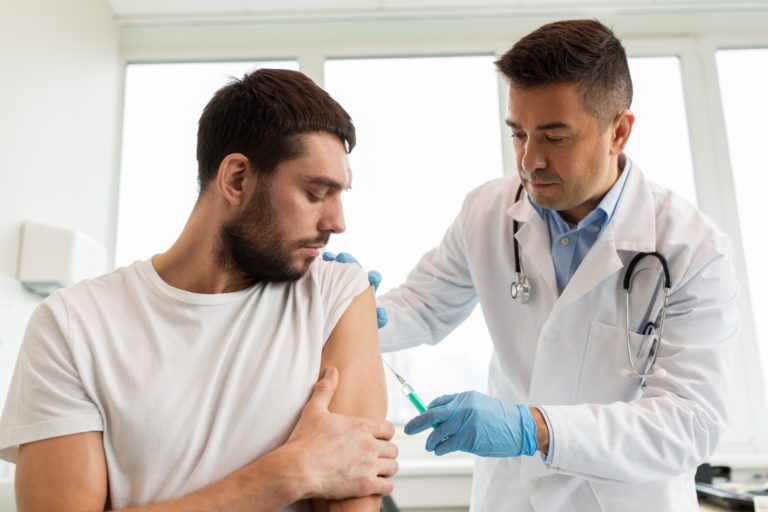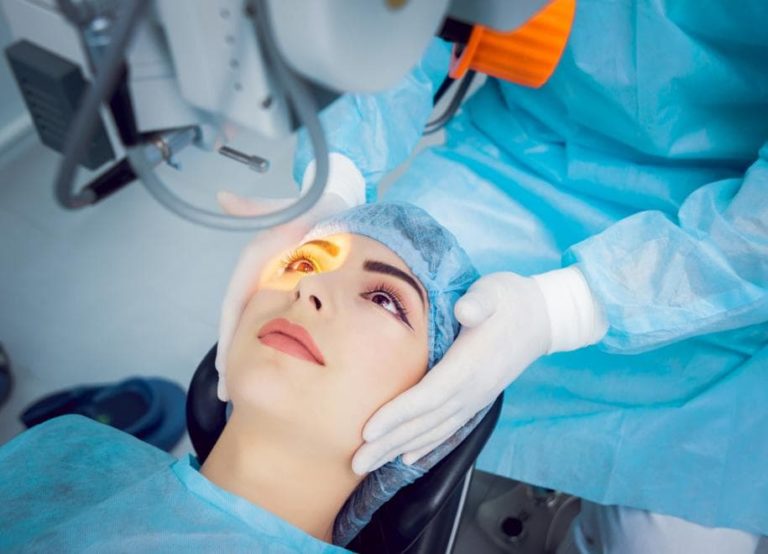Cataracts and Driving; A Critical Combination
Successful Treatment Of Cataracts
Cataracts are one of the leading causes of reversible visual impairment in older adults, therefore, are a critical combination when it comes to driving. With an estimated 30 percent of having severe cataract in at least one eye (1).
As the population ages, then the incidence increases. Its treatment, cataract surgery, is one of the most effective (2) and safest treatments in healthcare. 1,5 million people are treated with this procedure, with 95% successful results in North America yearly. (4)
Impact of Impaired Vision
Impaired vision caused by cataracts, also has a significant impact on the quality of life, although indirect, the mental process involved in knowing, learning, and understanding things, depression, mobility and independent living in seniors. For example, provision can lead to falls and injuries, and provision could also lead to a loss of driving ability and independence.
Deterioration of Vision and Driving
Driving is a complex task that involves the integration of a range of abilities, including visual skills. Deterioration of vision due to cataracts can impact on driving capacity, as resulted in driving capability and performance. (1). That is why cataracts and driving tend to be a critical combination
In addition to the visual acuity (reading charts and signs) problems, the main driver of the impaired driving, cataract patients are facing, is also reduced contrast sensitivity. It is a critical measure of visual function that may often be forgotten, that is, the ability to distinguish the foreground from the background. This function is especially important under the conditions of limited light, night, fog or glare when the contrast between items and their background often is reduced. Patients may comment, “I can read, but my quality of vision is poor.”
Self-regulation of Driving Habits
In response to the impaired vision, often drivers with cataracts prefer to self-regulate their habits, such as by driving less frequently, avoiding driving in the rain, at peak hours, and night (5) even though driving enables them mobility, independence and enhanced quality of life. However, still, with the self-regulation, growing evidence shows that older drivers with cataracts are less safe to drive, and have 2.5 times more at‐fault motor vehicle crash than their counterparts without cataracts. (1) Despite effective and successful treatment, many people live with cataracts for a prolonged time before cataract surgery, and roughly 25% of them continue to drive even if their vision does not meet the visual requirements for driving, as a study suggested. (1)
The Benefits of Cataract Surgery
The beneficial effect of cataract surgery on driving outcomes has been shown consistently in the medical literature (7). Findings suggest that surgery of both eyes increases the mobility of drivers; even their visual impairment is relatively mild. (5) Moreover, we know that driving in the rain, driving alone, turns across traffic and night driving can improve following the first eye surgery as a result of better contrast sensitivity. One of the studies suggested that cataract surgery results in an 88 percent reduction in the risk of problems with driving (1). 40% of all patients drive more frequently, and many who stopped driving started to drive again after first eye or bilateral cataract surgery. (5)
Finally, research has also shown a 50 percent reduction in motor vehicle crashes (1) and 9% in serious traffic crashes following cataract surgery. (6)
Needless to say, that cataract surgery can NOT only improve vision, but also contrast sensitivity, and improve glare issues. Still, there are many other factors beyond impaired vision that can contribute to adverse incidents. Therefore, cataracts are not the only risk for a traffic crash or fall. (8)
However, there is substantial evidence that cataract surgery can offer tangible benefits to road safety and should be considered at an earlier stage rather than a later stage to keep safe driving and enhanced quality of life in the older population with cataracts.
Cataract Surgery at Fraser Valley Cataract and Laser
Diagnosis of patients whose driving performance would most benefit from cataract surgery is an important criterion in the decision making of the operation. To learn more about cataract surgery, contact Fraser Valley Cataract & Laser Center. FVCL uses lenses that improve driving vision and Night vision.
Schedule your appointment by calling 604-372-EYES (3937) today.
- Wood JM, Black AA. Ocular disease and driving. Clin Exp Optom. 2016;99(5):395–401. doi:10.1111/cxo.12391
- Davis, G. (2016). The Evolution of Cataract Surgery. Missouri medicine, 113(1), 58–62.
- https://www.healthlinkbc.ca/health-topics/hw36326
- https://www.cos-sco.ca/vision-health-information/conditions-disorders-treatments/cataract/
- Agramunt, S., Meuleners, L. B., Fraser, M. L., Chow, K. C., Ng, J. Q., & Raja, V. (2018). First and second eye cataract surgery and driver self-regulation among older drivers with bilateral cataract: a prospective cohort study. BMC geriatrics, 18(1), 51. https://doi.org/10.1186/s12877-018-0743-1
- Schlenker, M. B., Thiruchelvam, D., & Redelmeier, D. A. (2018). Association of Cataract Surgery With Traffic Crashes. JAMA ophthalmology, 136(9), 998–1007. https://doi.org/10.1001/jamaophthalmol.2018.2510
- Schlenker MB, Thiruchelvam D, Redelmeier DA. Association of Cataract Surgery With Driving Safety and Falls—Reply. JAMA Ophthalmol.2019;137(5):585–586. doi:10.1001/jamaophthalmol.2019.0396







